Where to go if home appliances burn out due to power surge
Why does the voltage jump
Under normal conditions, the voltage in the electric network should be at the level of 230V, permissible deviations - 10%. This is stated in GOST 29322-92. Read more about this on the site already has an article https://my.electricianexp.com/en/kakoe-otklonenie-napryazheniya-v-seti-schitaetsya-predelnym.html. What could be the reasons for jumps and deviations from the nominal values:
- Accidents at substations, including short circuits on power lines.
- Lightning surges due to lightning.
- Due to a fallen tree that has broken or shorted an air line.
- Damage to the cable when digging trenches.
- During a power outage, power surges also occur.
- If a neutral conductor burns off in the driveway or on the transformer substation, phase imbalance, which will lead to a prolonged supply of voltage of more than 300 volts to the network.
Who will indemnify
If everything is clear with the causes of power surges, let's figure out who is to blame. For accidents at transformer substations, power lines and many other power supply facilities, the supplying organization is responsible. It is popularly called the "city light"; in fact, in different cities the names may differ. Employees of this organization must timely check protective and switching equipment, as well as regularly tighten contacts and tires. If this is not done, the listed problems are possible.
Important! To determine where to go after a breakdown, try to determine why a network jump occurred.
If in your apartment there are about 380 V in sockets, then probably a phase imbalance has occurred. Often this happens when burnout zero in the switchboard in the porch or in the electrical panel at home. Then the management company that serves your home must pay damages for burned appliances.
When repairs are being carried out on sewer, plumbing and gas facilities, trenching often occurs to replace parts of pipelines and valves. Despite the fact that such work should be coordinated with organizations whose communications are laid nearby, and there must also be a plan for their location among workers - problems often occur such as damaged pipes and broken cables. At the time of damage to the cable line, a voltage drop can occur. In this case, the damage should be compensated by the organization that carried out the work.
Sometimes the culprit of the power surge are neighbors who either made a mistake when installing the wiring, or did other harmful actions, then they compensate for the damage. But proving their guilt will be more difficult.
How to prove guilty
Now you need to figure out where to call after what happened. First of all, if after a thunderstorm or just suddenly you notice that a light blinked and your household appliances burned out due to a power surge, you need to call an emergency repair team of electricians. They must draw up an act that a power surge has occurred. The call is recorded in the log of the duty dispatcher.
Interesting! At substations there is equipment that records power surges. If after that your household appliances burned out and the emergency team could not be called up, then, according to a collective statement, the supplying organization should provide information or a certificate if there really was a jump. A sample application for the provision of this information you see below.
After that, you need to take the burned equipment to the service or call the master at home. The specialist must conduct an examination. In the course of this examination, they must determine whether the power surge caused the failure of household appliances. If you ordered device repair services right away, check in advance whether this service issues a check. You can demand the money that you spend on repairs and expertise from the guilty organization, in order to prove the amount spent, you need checks.
Important: The service must have an appropriate license and certification.
To make you more likely to prove your case, you need to cooperate with your neighbors if you have the same problem as yours. The act and the results of the examination should be addressed to the electricity supplying organization or to the managing office of your home.
The application must be registered as an incoming letter. To do this, usually in the upper left corner put a stamp on which the date and number of the letter is indicated. Otherwise, it may be "accidentally" lost. One copy should remain in your hands; it should also be stamped. The stamp itself can be placed in another place, as in the photo above, by the way you can use this as a sample claim.
The following are two scenarios:
- The organization itself compensates for the damage, which is unlikely.
- The organization refuses damages and you go to court.
Interesting: experts argue that there is a positive statistic of resolving such issues in favor of affected consumers.
How to protect equipment
To get into such a situation is extremely unpleasant, and litigation can last for months, so we will tell you what to do so that household appliances do not burn out due to a power surge. The cheapest solution is to install voltage relay. They are often called the "barrier." You yourself set the upper and lower permissible voltage limits, in addition - you can set the delay for re-inclusion, in case there are several surges. It is also necessary to protect the compressors of refrigerators, air conditioners and freezers, because repeated starts and sudden stops are harmful to them.
The relays are either individual and are inserted into the socket, and the plug of the device is already connected to it, or centralized and installed on the input of electricity into the apartment on the dyn-rail of the electrical panel. This is the cheapest option so that your household appliances do not burn out.
Paired with the relay, you can install a varistor on a dyke rail, it is a semiconductor analogue of a spark gap and will “short-circuit” the line at the jump, protecting household appliances.
A more reliable and expensive way is installation of a voltage stabilizer either for specific equipment, or for the entire apartment. Please note that unlike the previous options, this will cost you an order of magnitude more. Depending on the power and type of device.The cheapest option is to install a relay stabilizer.
Conclusion
We examined the main causes of power surges from which household appliances burn, as well as ways to repair damage caused by low-quality services. Please note that you are entitled to demand, even if you are renting an apartment, and the service agreement, respectively, is drawn up by the owner of the apartment. As a conclusion, we present the documents that will help you protect your rights:
Finally, we recommend watching a useful video on the topic of the article:
Now you know what to do if household appliances burn out due to a power surge in an apartment or private house. Be sure to spare no money and buy a relay or a stabilizer to protect not only the equipment in the house, but the housing itself from a fire!
Useful on the topic:

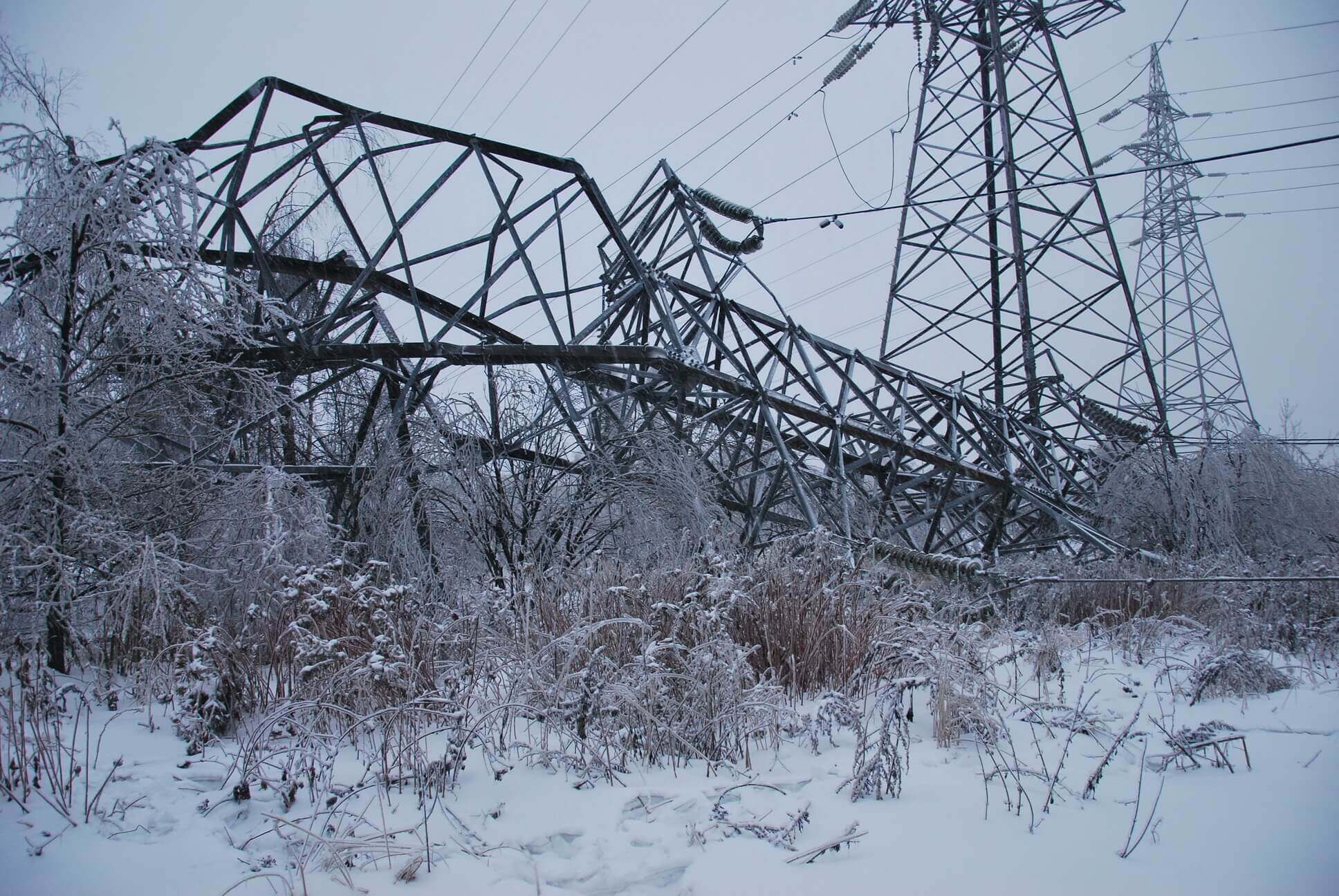
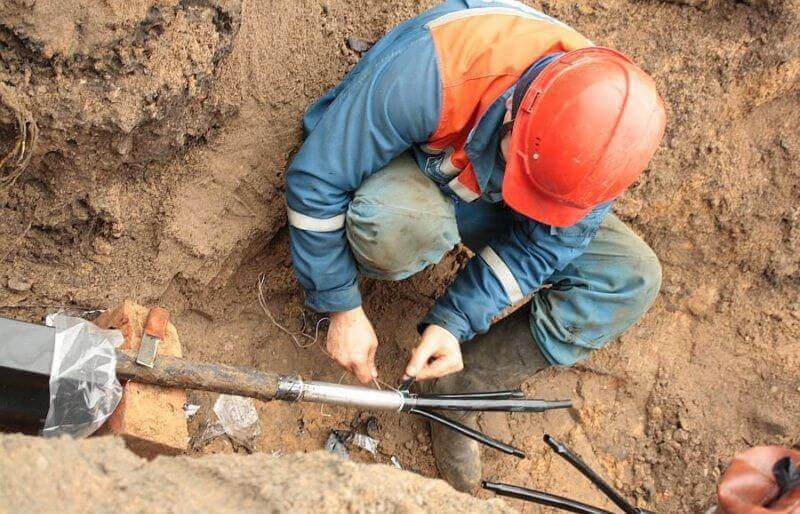



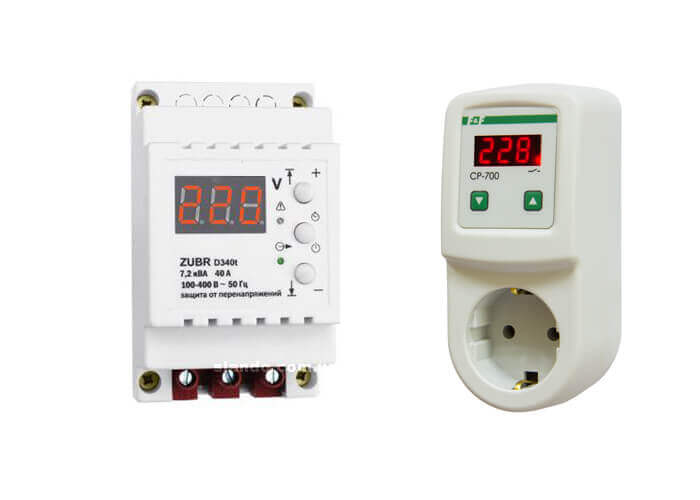

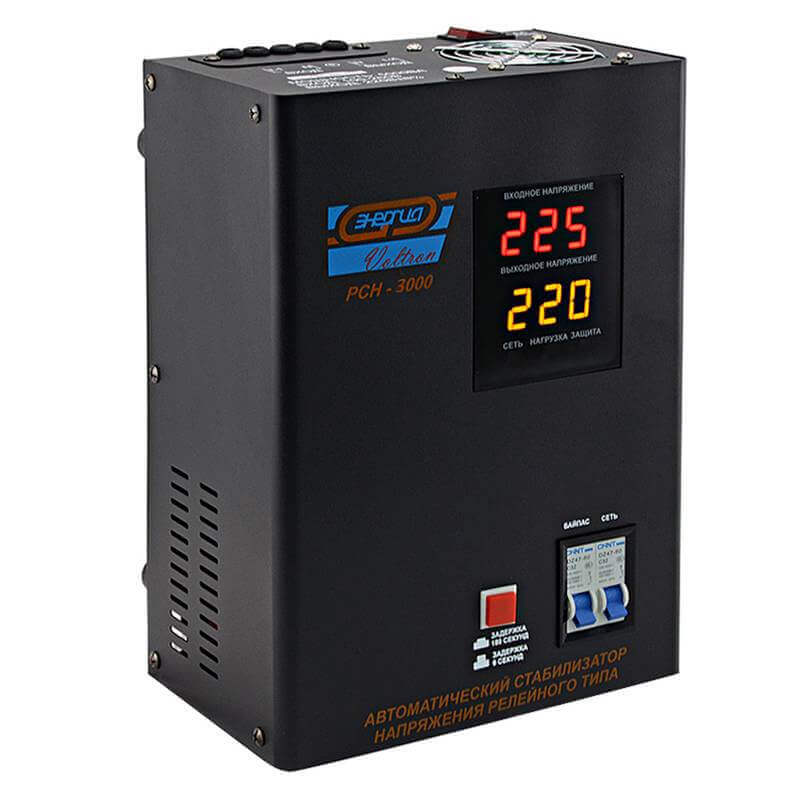



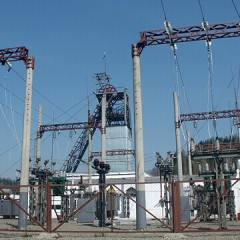
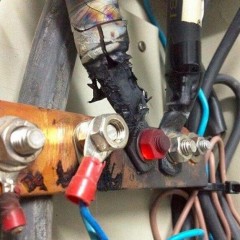


Thank you for the article! There were interests ways of protection, I chose for myself an option with a voltage regulator!
They turned off the light in the house of the city of Ramenskoye, Moscow Region, two or three times for a couple of minutes while everyone was at work and at school and household appliances burned out. Where to complain? Tell me.